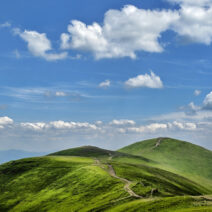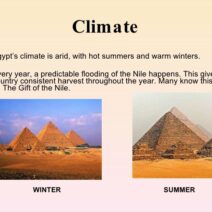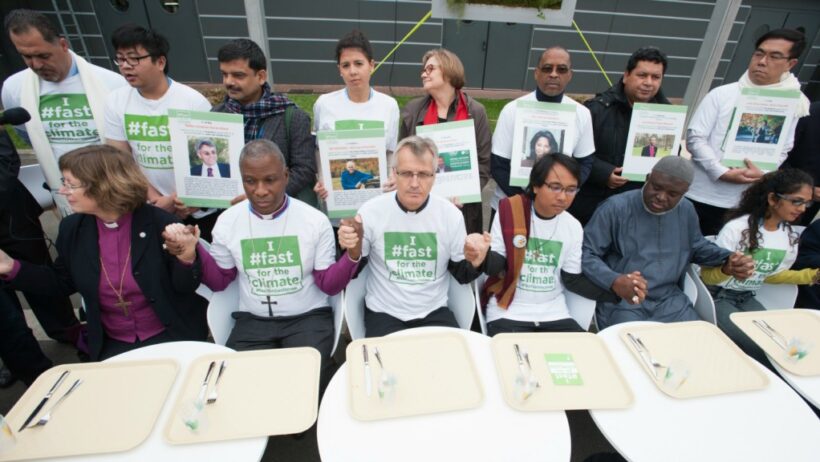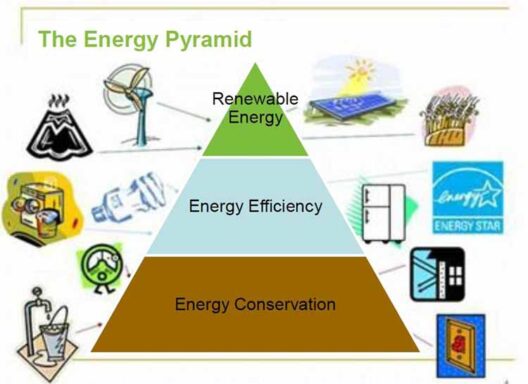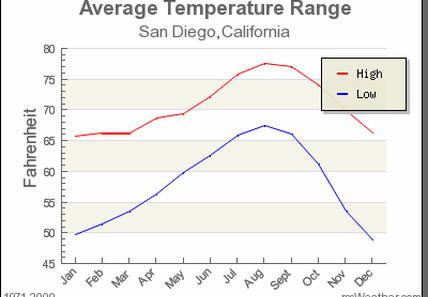As the world grapples with the exigent effects of climate change, initiatives like the Paris Climate Tree emerge as symbolic bastions of hope. This concept encapsulates a comprehensive approach to urban forestry, intertwining ecological restoration and community engagement. The essence of the Paris Climate Tree is not merely its botanical existence but rather its representation as a collaborative effort that unites diverse entities, from local governments to citizens, in a shared quest to mitigate the consequences of global warming. Just as a tree’s roots delve deep into the earth, fostering sustainable ecosystems, this initiative endeavors to root itself within urban environments.
Urban spaces are often perceived as dense, unforgiving landscapes dominated by concrete and steel. However, they hold immense potential for fostering biodiversity through urban forestry. Urban forestry involves the strategic planting and management of trees within urban settings. It acts as a counter-narrative to conventional perceptions of cities as barren wastelands. Urban trees serve not only as aesthetic enhancements but also as vital components of the urban ecosystem. They provide shade, improve air quality, and sequester carbon—elements crucial in the fight against climate change.
The metaphor of a flourishing tree aptly represents the multifaceted nature of urban forestry’s benefits. Just like a single tree can act as a microhabitat for numerous species, urban forestry fosters a plethora of ecological interactions. These trees can absorb atmospheric carbon dioxide, effectively acting as carbon sinks, while their canopies moderate temperature and reduce the urban heat island effect—a phenomenon where urban areas become significantly warmer than their rural surroundings due to human activities.
Moreover, the wellbeing of urban populations is intrinsically linked to the presence of trees. Studies have demonstrated that green spaces enhance mental health, reduce stress, and foster community cohesion. Thus, urban forestry extends its roots not only into the ground but also into the very fabric of urban life. It transforms concrete jungles into thriving ecosystems where residents can connect with nature, offering them a respite from the frenetic pace of urban life. Trees are much more than mere decoration; they are essential contributors to urban resilience in the face of climate change.
Furthermore, the Paris Climate Tree exemplifies a collaborative and integrative approach to climate action. Municipalities, citizens, non-governmental organizations, and private sector players must work in concert to create robust urban forestry programs. This amalgamation of efforts can be likened to the intricate web of roots beneath a tree, where each strand plays a vital role in supporting the whole. Cities like Paris, renowned for their green initiatives, are taking the lead in this movement, showcasing how transformative urban planning can be. The city has initiated extensive tree-planting campaigns and green corridors that not only sequester carbon but also enhance urban biodiversity.
Nevertheless, the benefits of urban forestry extend beyond the immediate ecological advantages. In an era where climate events are becoming increasingly severe, urban trees can act as natural buffers against extreme weather, such as heavy rainfall and flooding. Their root systems help to absorb excess water, mitigating flood risks while also replenishing groundwater supplies. They are nature’s own infrastructure, adapting to the challenges posed by climate change while simultaneously providing essential services to city dwellers.
The appeal of urban forestry can be encapsulated in an intriguing metaphor: envision a city as a living organism. Just as the lungs process carbon dioxide and release oxygen, urban trees cleanse the air and provide essential lifegiving resources. In this metaphorical organism, trees act as vital organs necessary for survival, enhancing air quality and enriching the urban environment. The health of the city, akin to that of a living creature, is inextricably linked to the health of its trees.
Nonetheless, the implementation of urban forestry initiatives does not come without its challenges. Urban spaces are often regulated by strict zoning laws and land-use policies, which can impede the planting and maintenance of trees. Additionally, competition for space among infrastructure, housing, and economic development often sidelines ecological considerations. Hence, advocates for initiatives like the Paris Climate Tree must navigate these complexities while championing the importance of integrating green spaces into urban planning.
Education and community involvement play pivotal roles in overcoming these biases. By engaging residents in tree-planting initiatives and fostering a sense of stewardship towards local green spaces, urban forestry becomes a communal endeavor. Workshops can educate urban dwellers about the ecological roles of trees, teaching them to appreciate the interdependence between nature and human life. This awareness is vital in cultivating a culture that values and actively participates in the preservation of urban ecosystems.
As we delve deeper into the intricacies of urban forestry and its relationship with initiatives like the Paris Climate Tree, it becomes abundantly clear that this approach yields a cornucopia of benefits. It acts as an antidote to the alienation often felt in sprawling urban landscapes, reconciling humans with nature. The multigenerational impact of such initiatives could reshape urban environments into sustainable, vibrant ecosystems.
In conclusion, the Paris Climate Tree serves as an emblem of hope and a catalyst for change, illustrating how urban forestry can lead the charge against global warming. By reinforcing communities, enhancing urban resilience, and fostering biodiversity, urban trees emerge as silent yet powerful warriors in the battle against climate change. The time is ripe to plant the seeds of change—both literally and metaphorically—for a sustainable future. Through collaborative efforts and an enduring commitment to nurturing urban forests, we can cultivate a greener planet, one tree at a time.
